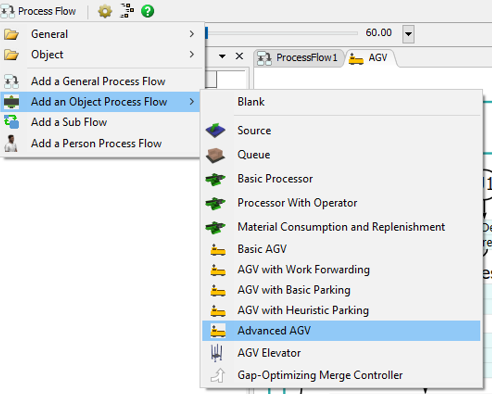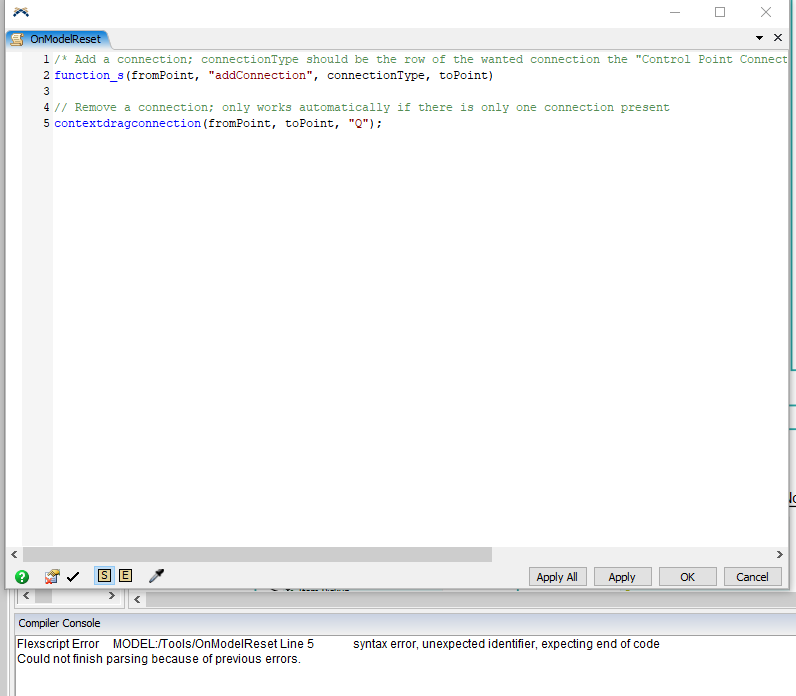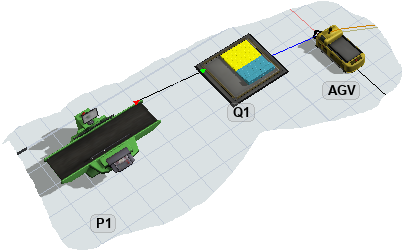Hello all,
Now I am using the default Advanced AGV template for my work (one in the below pic)

As part of my work I created a two coloumns of pickup and drop off locations in my global table

Now I would like to add the above global table data of pickup locations in load process (in below pic) and droffoff locations in the unload process (in below pic )

When i assigned this global table in unload process AGV is not recognising the desinations
Please, can anyone suggest me how to solve this issue



